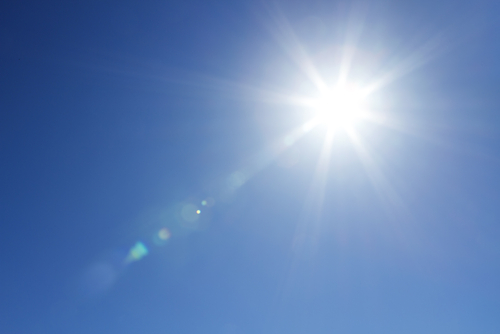It’s a question that many of us would love to know the answer to – especially as many of us battled through a wet and windy day yesterday – where is the wettest town or city in the UK ?
When it comes to answering what, on the face of it, is a relatively straightforward question – the reality is that it’s a lot more tricky than it first seems.
First of all, which measure should you use? There are rain days, which denote every day which sees more than 1mm of rain. Then there is total rainfall, which denotes the total accumulated rainfall over a period of time.
Which gives the better picture of a rainy city? There’s certainly room for debate.
Secondly, we have thousands of weather observation sites spread across the UK providing data on temperature, rainfall and other factors. Towns and cities are generally quite large features on a map and one area could potentially have numerous weather stations.
Let’s take Huddersfield as an example. There are two rain gauges in the town that we have averages for – one on the west side sees 1028 mm a year, while another station further east sees 843 mm a year.
This demonstrates the fact that local features such as hills, or even mountains, as well as coasts and other features can all play a role in local rainfall – so there may be differences across a town or city. It is possible to do a detailed analysis, but this would always require a clear basis for comparison.
It’s a lot more straightforward to look at individual stations. Using this data, we can see that the UK rain gauge in our archive with the highest average annual rainfall total is Crib Goch (Gwynedd) with 4635 mm of rain followed by Styhead (Cumbria) at 4562 mm.
For rain gauges located at elevations below 200 m the wettest place is Glenshiel Forest (Ross and Cromarty) at 3778 mm, but none of these are located in major towns or cities.
You can explore more about UK climate averages and statistics in the Met Office‘s UK Climate pages.
© Met Office











